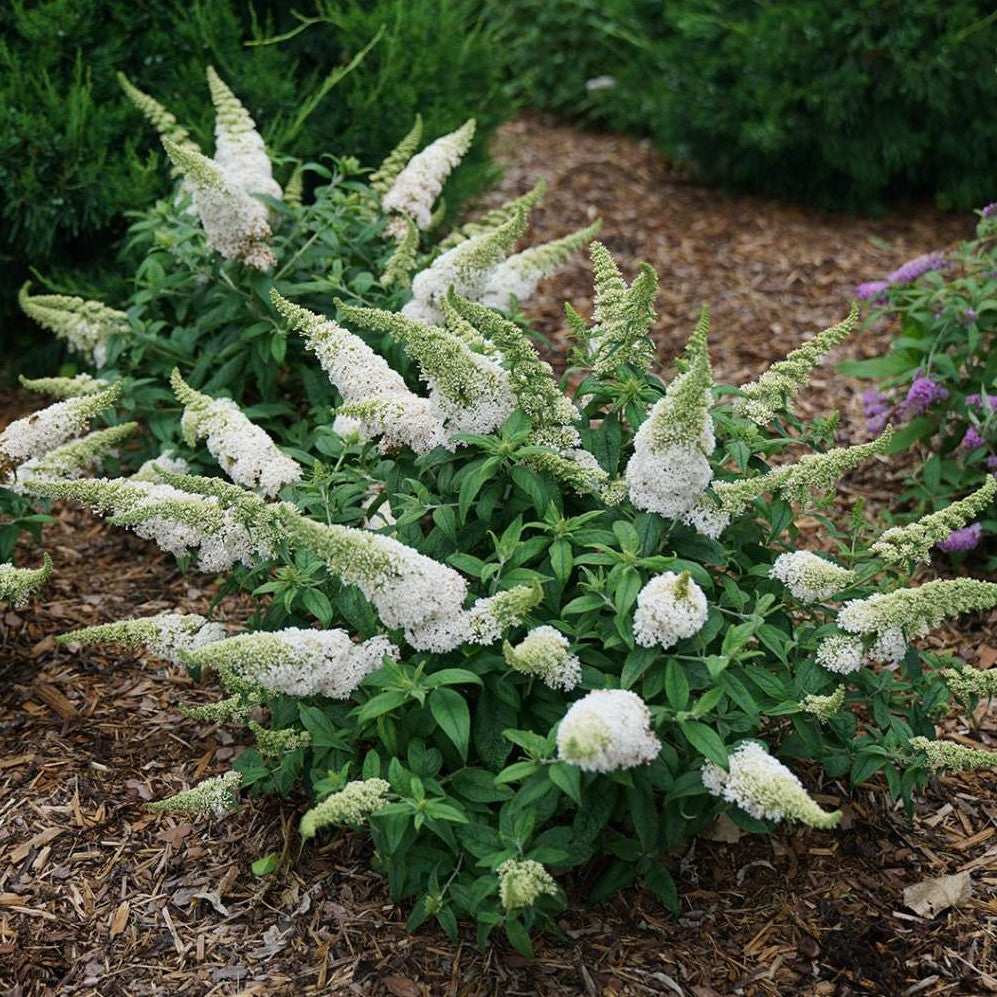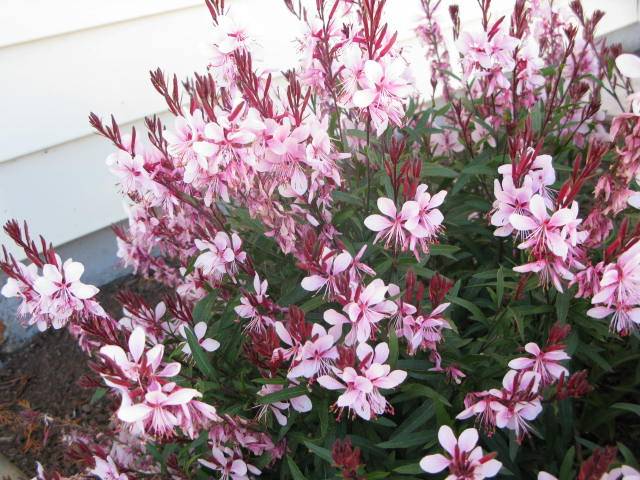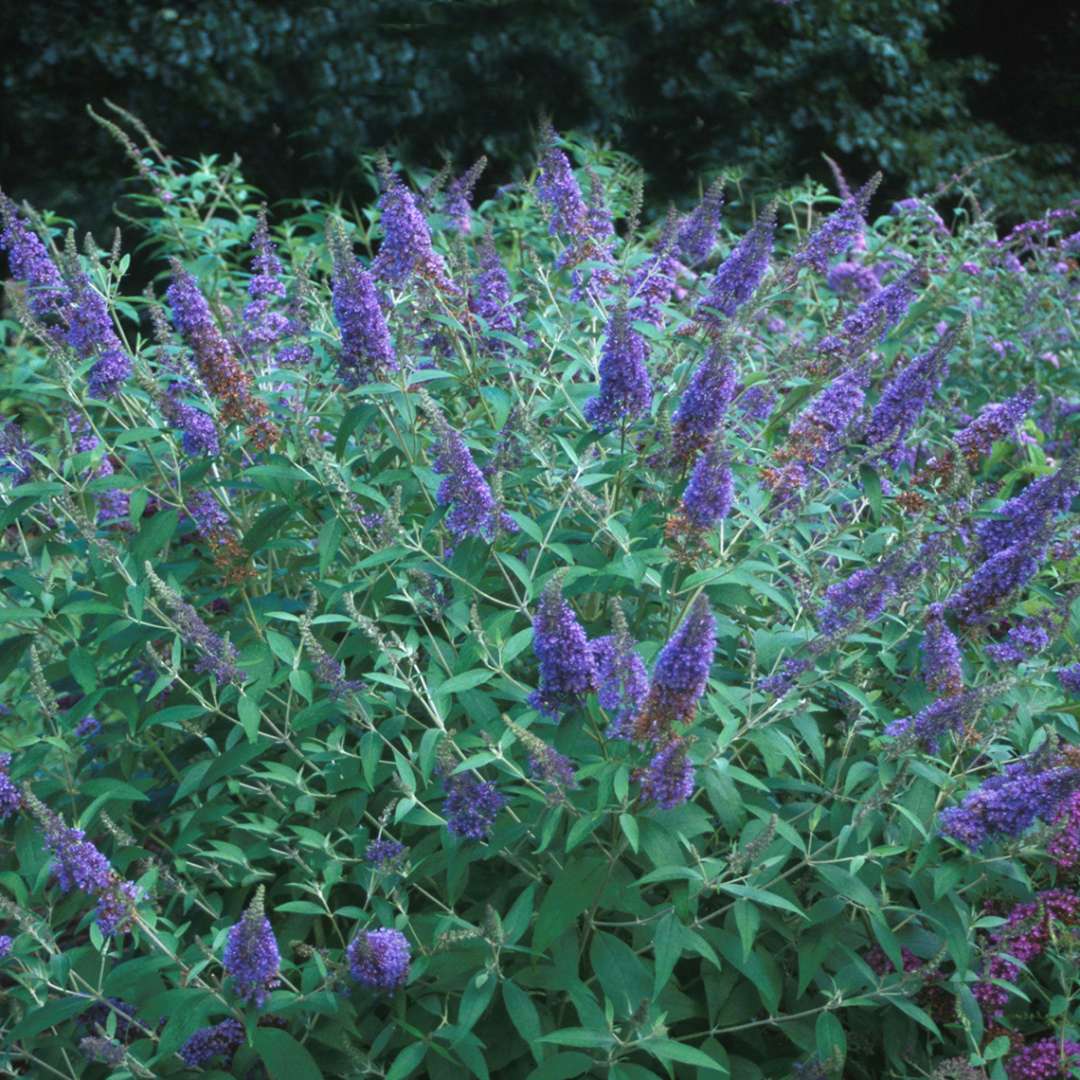How To Grow A Summer Lilac Butterfly Bush That Attracts Butterflies
Summer lilacs, also known as butterfly bushes, are a popular choice for gardeners who want to attract butterflies to their yard. These bushes are easy to grow and care for, and they produce abundant blooms that butterflies love.
In this blog post, I will provide you with all the information you need to grow a beautiful and butterfly-attracting summer lilac bush. I will cover everything from choosing the right location and soil to planting, watering, and pruning.
Choosing the Right Location
Summer lilacs need full sun to thrive. They will tolerate some partial shade, but they will not bloom as well. The ideal location for a summer lilac bush is in a spot that receives at least six hours of direct sunlight per day.
The soil should be well-drained and fertile. If your soil is poor, you can amend it with compost or other organic matter.
Planting
Summer lilacs can be planted in the spring or fall. When planting, dig a hole that is twice as wide as the root ball of the plant. Backfill the hole with soil, tamping it down gently. Water the plant well after planting.
Watering
Summer lilacs need regular watering, especially during the first year after planting. Once the plant is established, it can tolerate some drought, but it will bloom better with regular watering.
Pruning
Summer lilacs should be pruned in the late winter or early spring. This will help to keep the plant compact and encourage new growth. You can prune the bush back to about half its size.
Attracting Butterflies
Summer lilacs are a magnet for butterflies because they produce nectar-rich flowers. The butterflies are attracted to the color and fragrance of the flowers.
You can attract even more butterflies to your summer lilac bush by planting other nectar-rich flowers nearby. Some good choices include:
- Coneflowers
- Marigolds
- Zinnias
- Daisies
- Clover
You can also provide a water source for butterflies by placing a birdbath or shallow dish of water in your yard.
Conclusion
Growing a summer lilac butterfly bush is a great way to add beauty and interest to your yard, and it's also a great way to attract butterflies. With a little care and attention, you can enjoy this beautiful plant for many years to come.
Looking for a beautiful and fragrant plant to attract butterflies to your garden? The summer lilac butterfly bush is a great choice! These shrubs are easy to care for and can grow up to 8 feet tall. They produce long, cascading clusters of tiny, tubular flowers in a variety of colors, including purple, blue, pink, and white. The flowers have a sweet, honey-like scent that is irresistible to butterflies.
To learn more about summer lilac butterfly bushes, visit Home Gardening. This website has a wealth of information on the plant, including its care requirements, growing tips, and pest and disease control information. You can also find a variety of summer lilac butterfly bush cultivars for sale on the website.
FAQ of summer lilac butterfly bush
- How much sun does a butterfly bush need?
Butterfly bushes need full sun to partial shade. They will flower best in full sun, but they can tolerate some shade, especially in hot climates.
- What type of soil does a butterfly bush need?
Butterfly bushes prefer well-drained soil that is rich in organic matter. They can tolerate a variety of soil types, but they will not do well in heavy clay or wet soils.
- How often should I water a butterfly bush?
Butterfly bushes need regular watering, especially during the first year after planting. Once established, they can tolerate some drought, but they will flower better if they are watered regularly.
- When should I fertilize a butterfly bush?
Butterfly bushes should be fertilized once a month during the growing season. Use a balanced fertilizer, such as 10-10-10, and apply it according to the directions on the label.
- How do I prune a butterfly bush?
Butterfly bushes should be pruned in the spring, before new growth begins. Cut back the stems by about one-third to one-half. This will encourage new growth and more flowers.
- How do I attract butterflies to my butterfly bush?
Butterfly bushes are naturally attractive to butterflies, but you can increase the number of butterflies that visit your plant by planting it in a sunny location and providing a source of nectar. You can also plant other nectar-rich plants nearby, such as lavender, zinnias, and marigolds.
- How do I prevent my butterfly bush from spreading?
Butterfly bushes can be invasive in some areas. To prevent your butterfly bush from spreading, you can plant it in a container or in a bed that is surrounded by a barrier, such as a fence or edging. You can also prune your butterfly bush regularly to keep it in check.
- How do I germinate butterfly bush seeds?
Butterfly bush seeds can be germinated indoors or outdoors. To germinate them indoors, sow the seeds in seed starting mix 8-10 weeks before the last spring frost date. Keep the soil moist and warm, and the seeds should germinate in 7-21 days. To germinate them outdoors, sow the seeds directly in the garden after the last spring frost date. Lightly press the seeds into the soil and keep the soil moist. The seeds should germinate in 2-4 weeks.
Image of summer lilac butterfly bush
- Purple butterfly bush. This image shows a large bush of purple butterfly bush in full bloom. The flowers are clustered together in long, slender spikes.

- White butterfly bush. This image shows a bush of white butterfly bush in full bloom. The flowers are smaller than the purple flowers, but they are just as fragrant.

- Pink butterfly bush. This image shows a bush of pink butterfly bush in full bloom. The flowers are a soft, pastel pink color.

- Blue butterfly bush. This image shows a bush of blue butterfly bush in full bloom. The flowers are a deep, vibrant blue color.

- Yellow butterfly bush. This image shows a bush of yellow butterfly bush in full bloom. The flowers are a bright, sunny yellow color.

- Butterfly bush with butterflies. This image shows a bush of butterfly bush with a number of butterflies perched on the flowers. The butterflies are a variety of colors, including blue, purple, pink, and yellow.

- Butterfly bush in landscape. This image shows a butterfly bush in a landscape setting. The bush is surrounded by other flowers and plants, and it is in full bloom.

- Close-up of butterfly bush flowers. This image shows a close-up of the flowers of a butterfly bush. The flowers are delicate and beautiful, with a long, slender shape.

- Butterfly bush in a vase. This image shows a butterfly bush in a vase. The flowers are still in full bloom, and they are a beautiful addition to the room.

- Butterfly bush silhouette. This image shows a silhouette of a butterfly bush against a sunset sky. The flowers are a deep purple color, and they are silhouetted against the bright orange sky.

Post a Comment for "How To Grow A Summer Lilac Butterfly Bush That Attracts Butterflies"